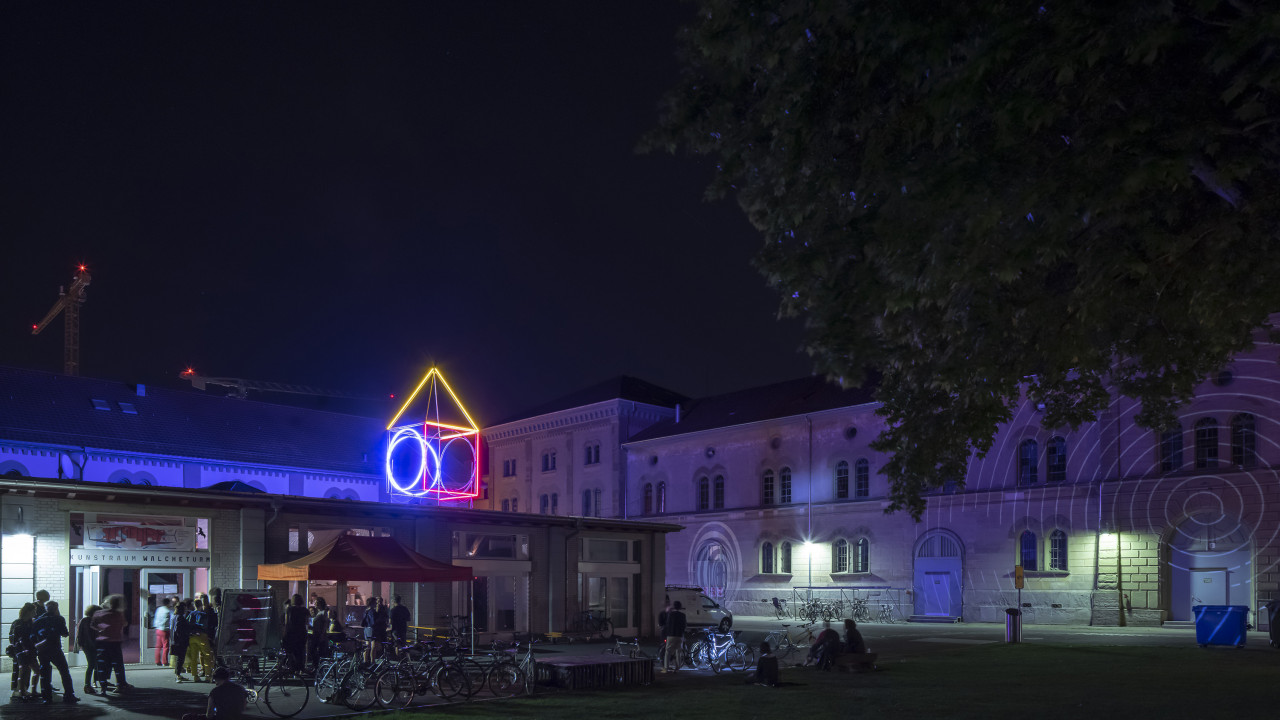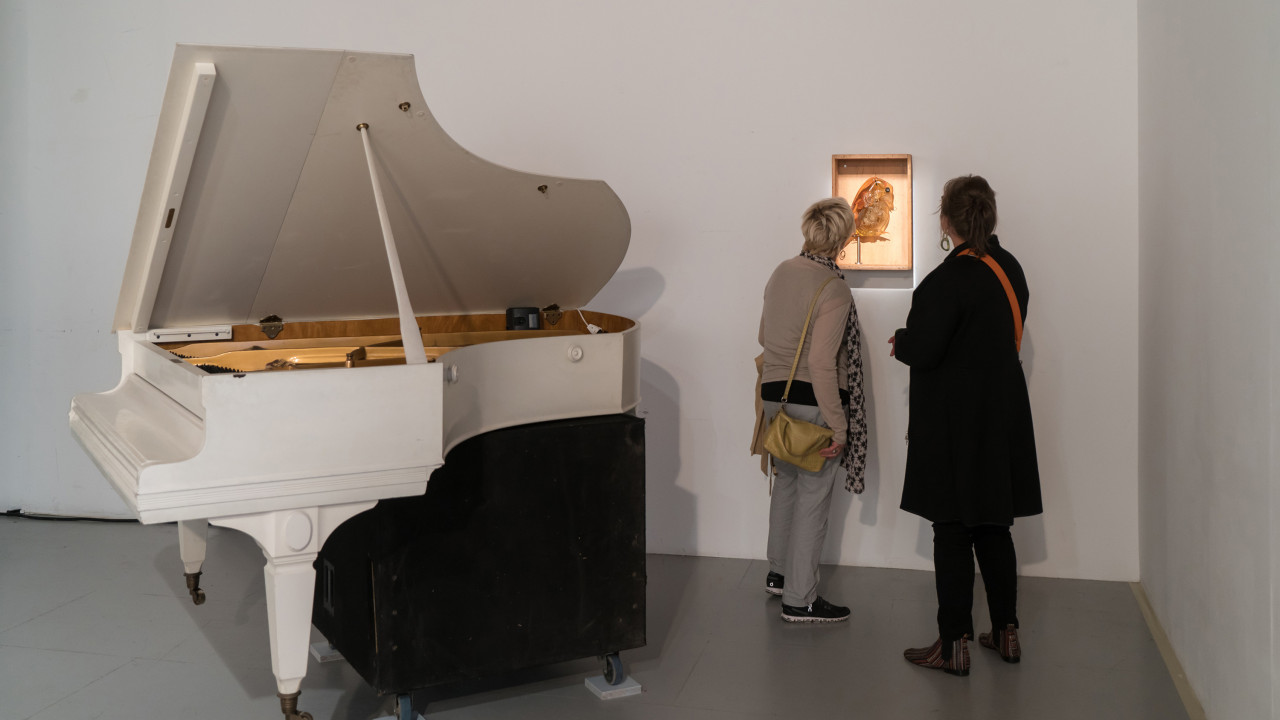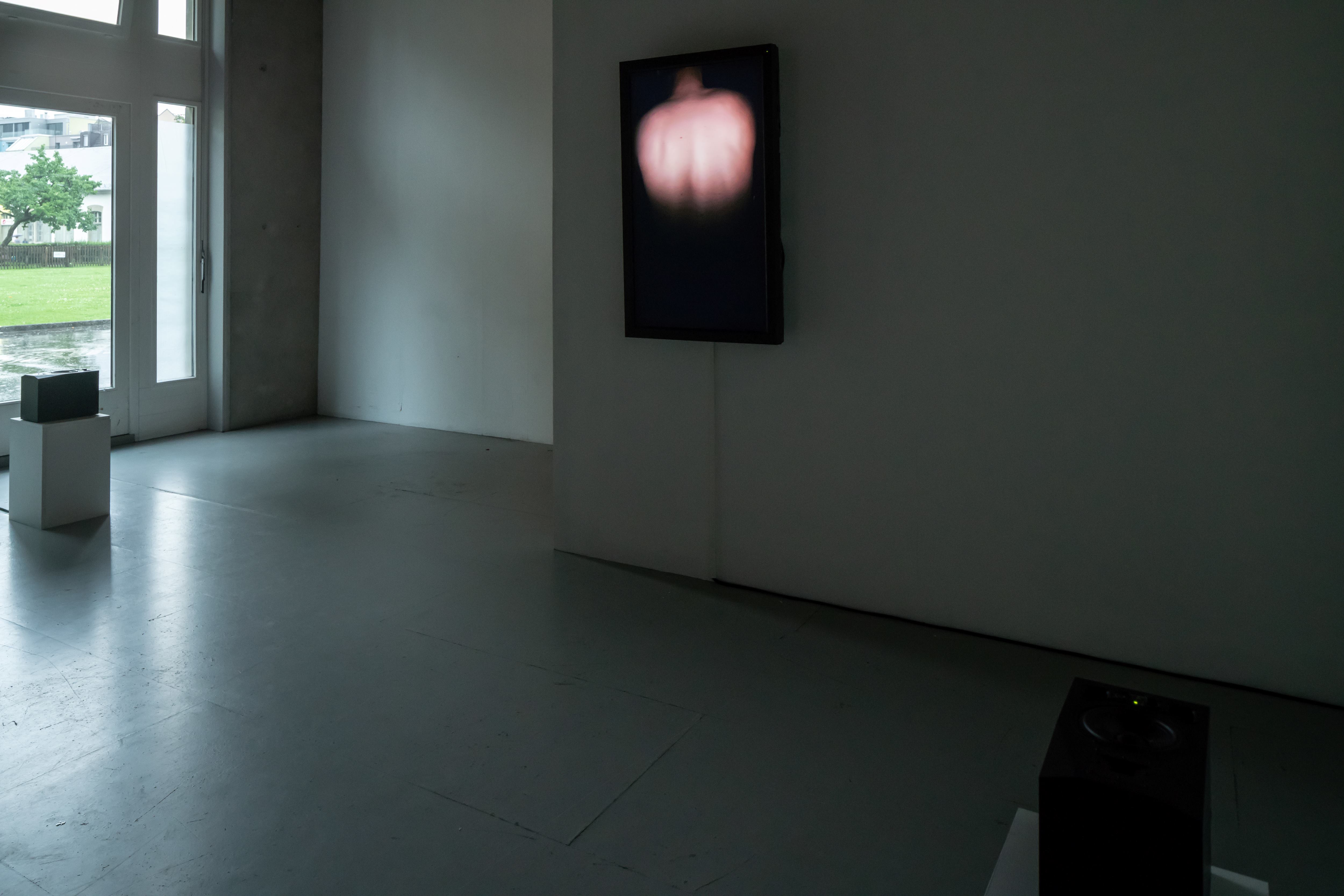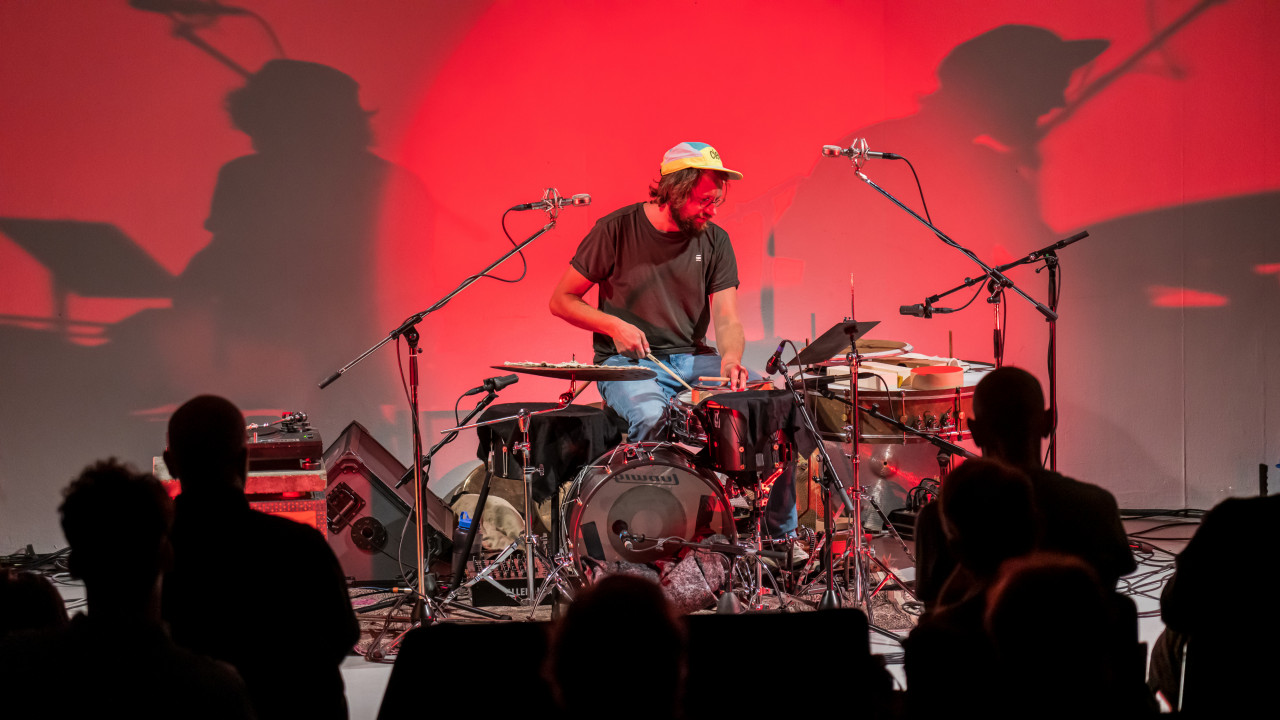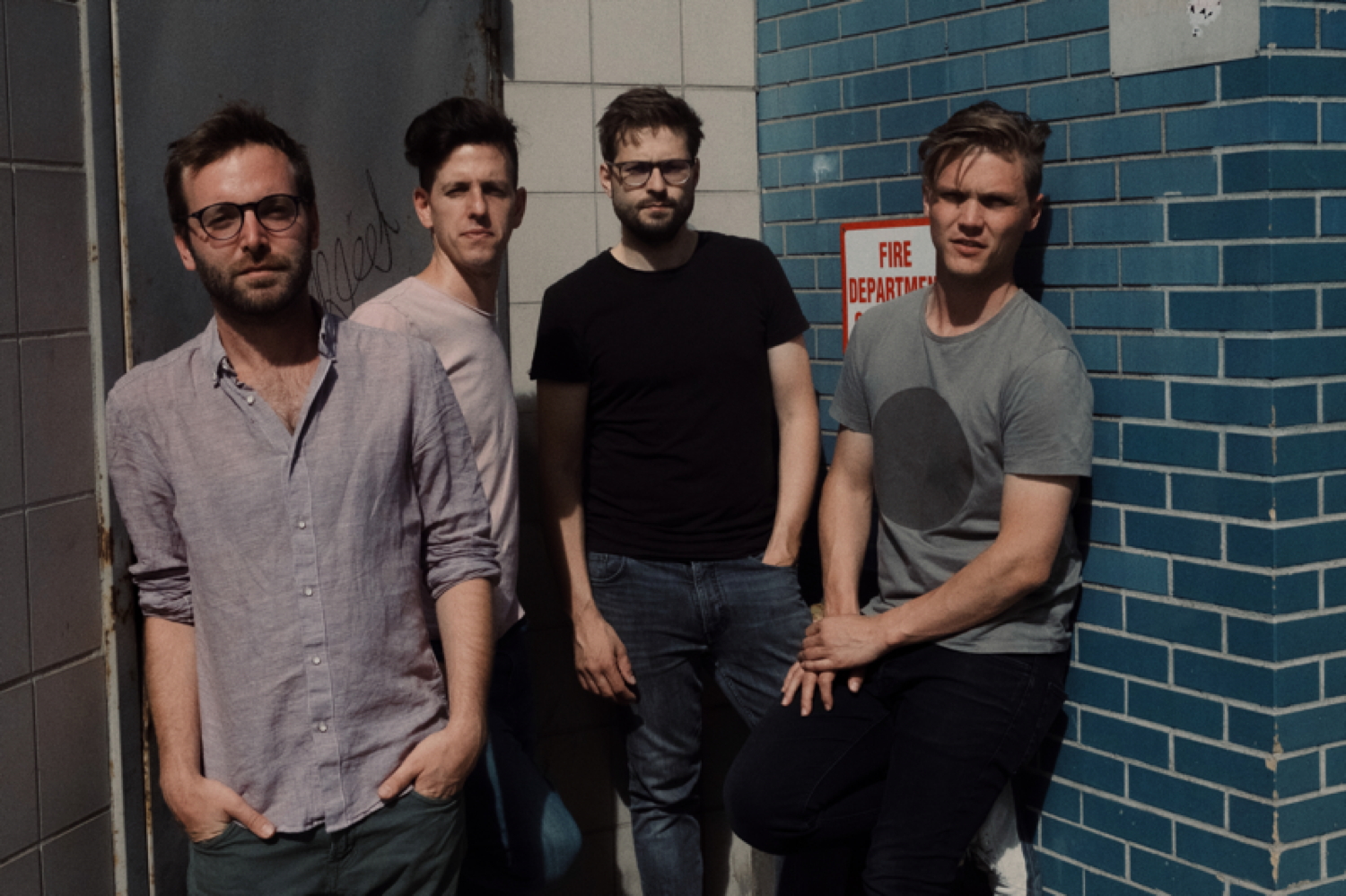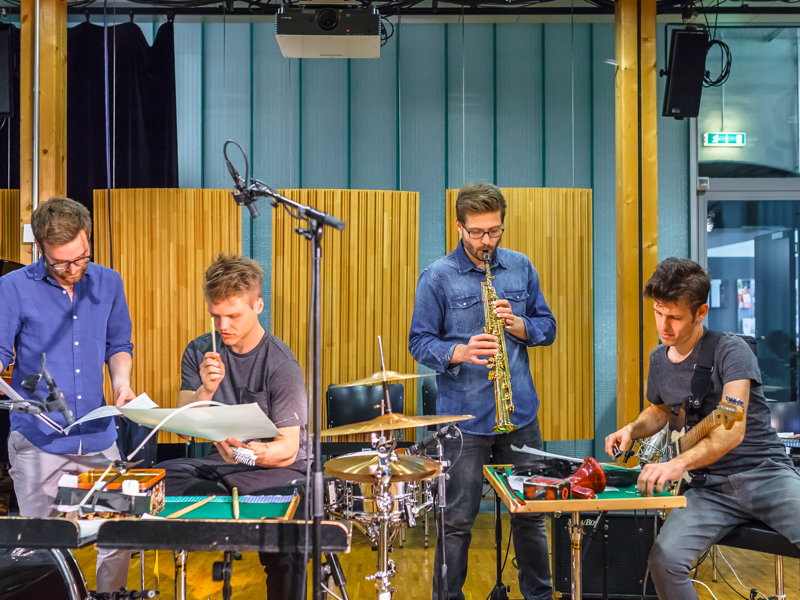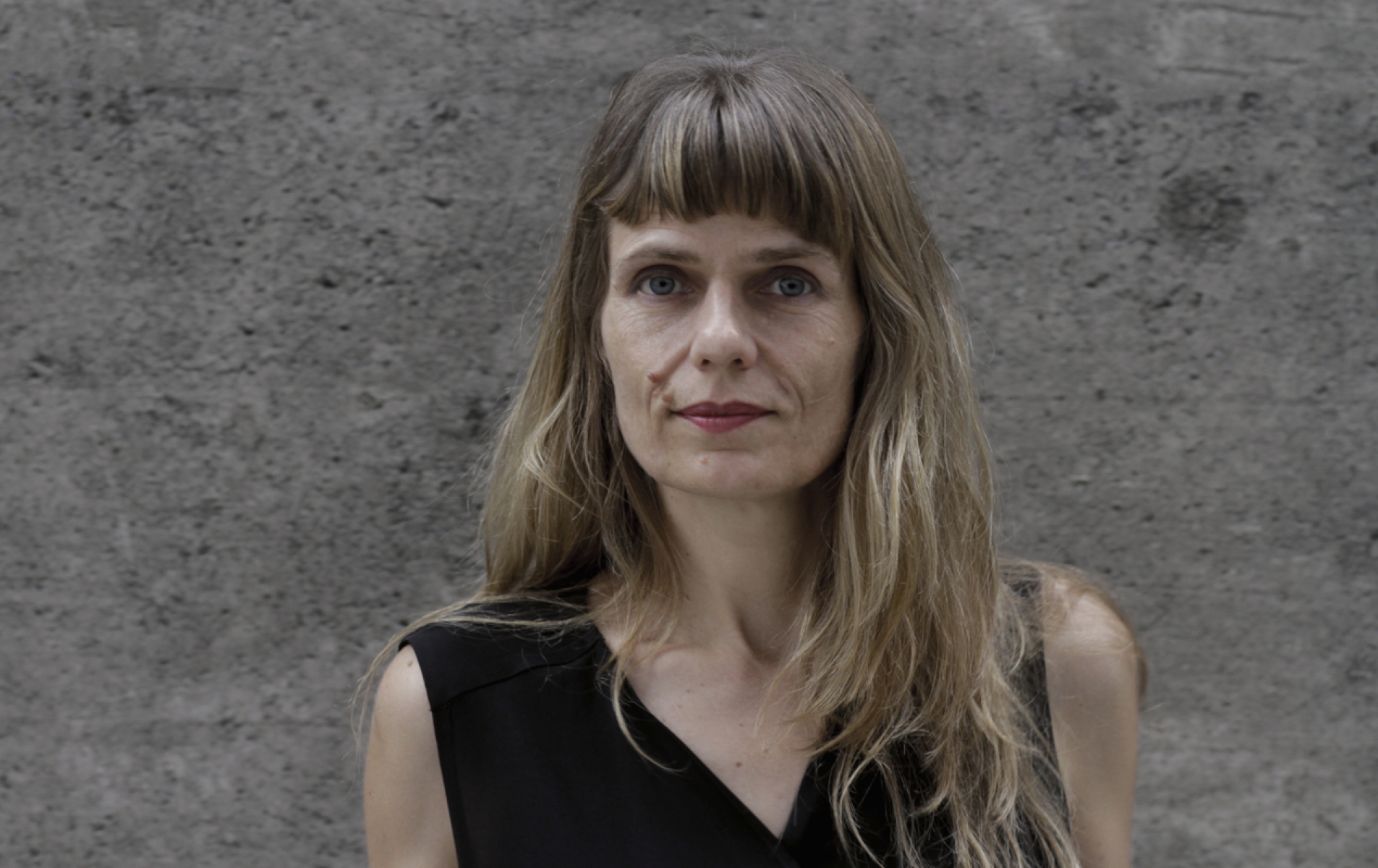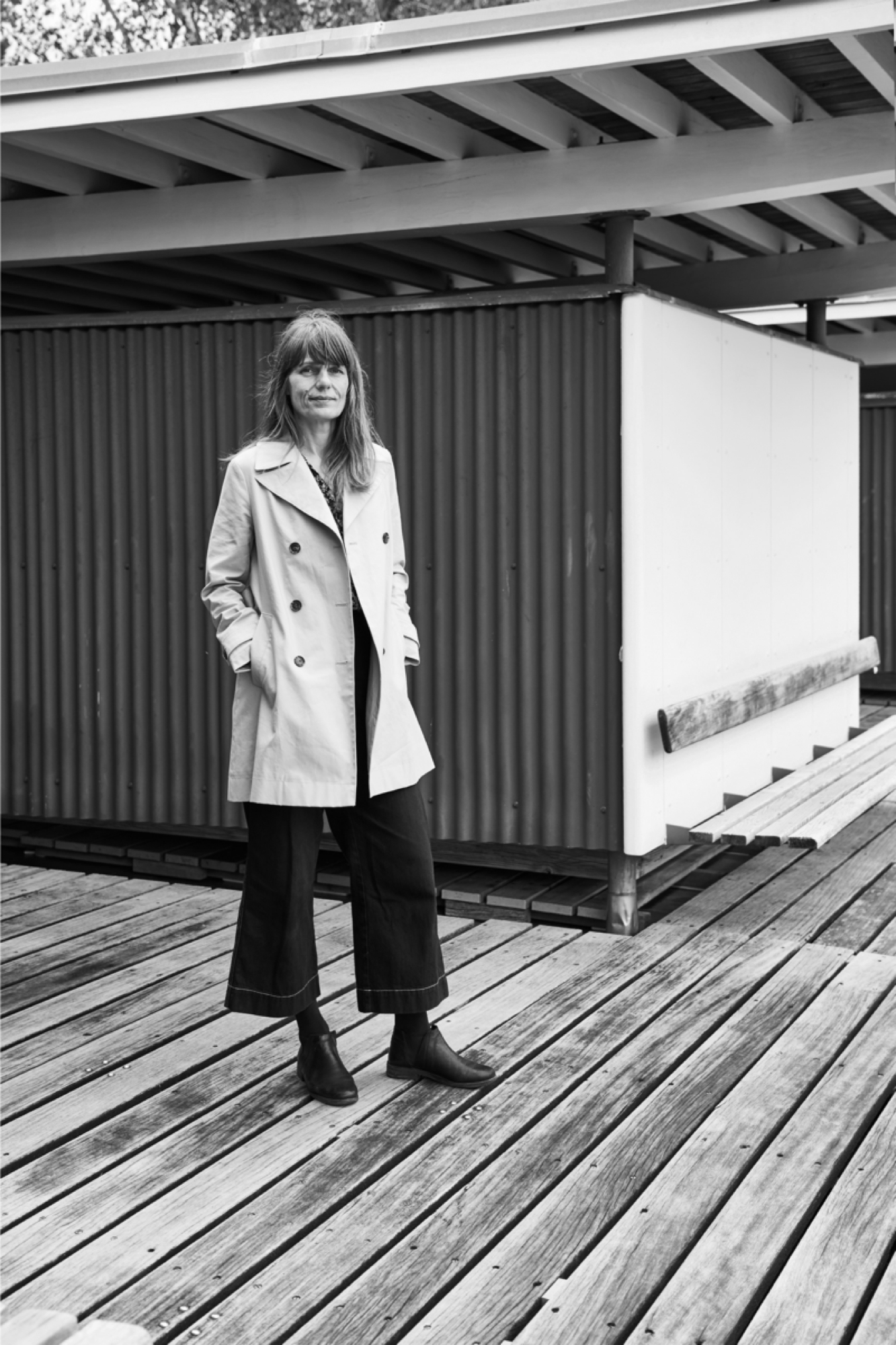Electronic composition, performance, sound art: Zurich-based composer, performer, media artist and flautist Lara Stanic is hard to categorise. In her concert performances, she combines media, instruments, objects and musicians’ bodies and refers to specific locations and contexts. In this interview, she gives an insight into the creation of her latest works for the Zurich Baroque Orchestra.
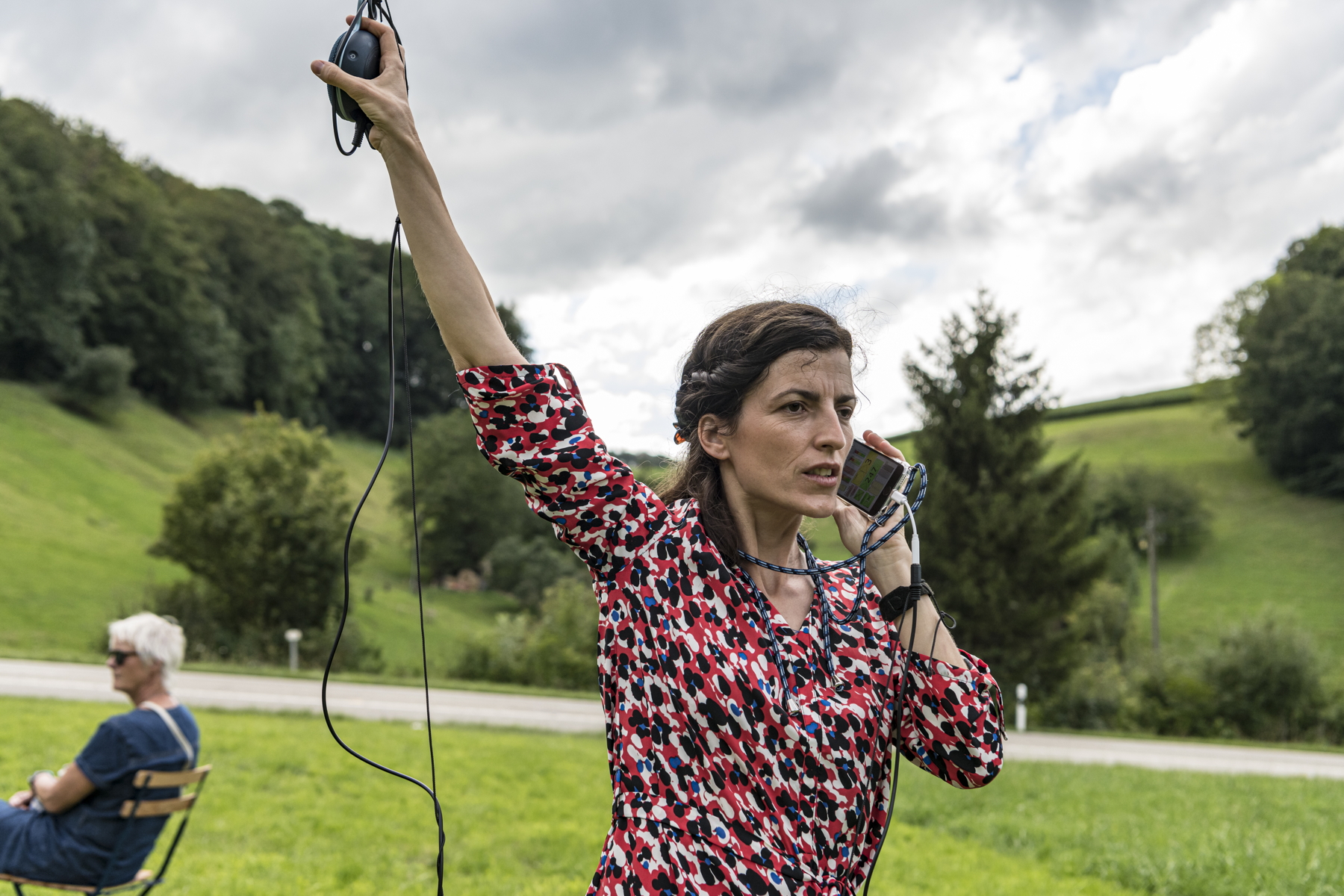
Gabrielle Weber
I meet Lara Stanic for a cup of coffee at her kitchen table on a snowy Saturday morning at the beginning of January. We talk about her latest composition ‘Du matin au soir’: it was written in summer 2023 for the Zurich Baroque Orchestra and consists of eight sound interventions that were performed between individual symphony movements by Haydn. The concerts took place at different times of day in various Zurich locations: the botanical garden, an outdoor swimming pool and in St Peter’s Church.
Lara Stanic generally uses electronic media for her pieces and often also integrates context-related objects. The selection of specific media is a process, says Stanic. “I let myself be inspired by the context, the performers, the instruments and the way they can be played. This generates sounds in my head and I conceive ways of playing.”
In Sonnenstand, the sound intervention to Haydn’s symphony Der Mittag, the musicians ‘play’ with round portable mirrors that produce sound using smartphones. The idea came from a childhood memory. “As a child, I used portable mirrors to catch the sunlight at noon and create shadows and light reflections on a nearby wall,” says Stanic.
Sonnenstand by Lara Stanic, from du matin au soir, composed for the Zurich Baroque Orchestra, premiered in Zurich in 2023. Botanical Garden and St. Peter’s Church, Zurich, Videos © Andreas Pfister and Philip Bartels.
In Sonnenstand, the musicians also capture sunlight with mirrors, but this time turning it into music. Mobile phones are attached to the back of the mirrors. Built-in motion sensors, microphones and loudspeakers capture the movements of the mirrors and convert them into sounds. Stanic explains that this creates a hybrid form of two the media, mirror and smartphone.
Sonnenstand thus also reflects a basic theme characterising Stanic’s artistic work: In electronic music, she is often bothered by the clumsiness of large, almost threatening loudspeakers and mixing consoles. By using mobile devices, she searches for lightness and mobility. Stanic also often appears as performer of her own works. She first tests what she develops on herself. “I always was and still am my best guinea pig,” she says.
Stanic first studied the flute, then music and media art in Zurich and Bern. She continues to play and teach the flute and sees it as her musical home. “My training as a performer and teacher provided me with a foundation and knowledge of compositional thinking. I am equally interested in creating sounds on acoustic as well as electronic instruments.” Her first access to music was through radio and television during her childhood in former Yugoslavia. Even back then, she was fascinated by the amount of emotions sound waves could trigger. The connection between music and electronics was therefore obvious, she adds with a laugh: “Of course, I didn’t realise it being about sound waves at the time.”
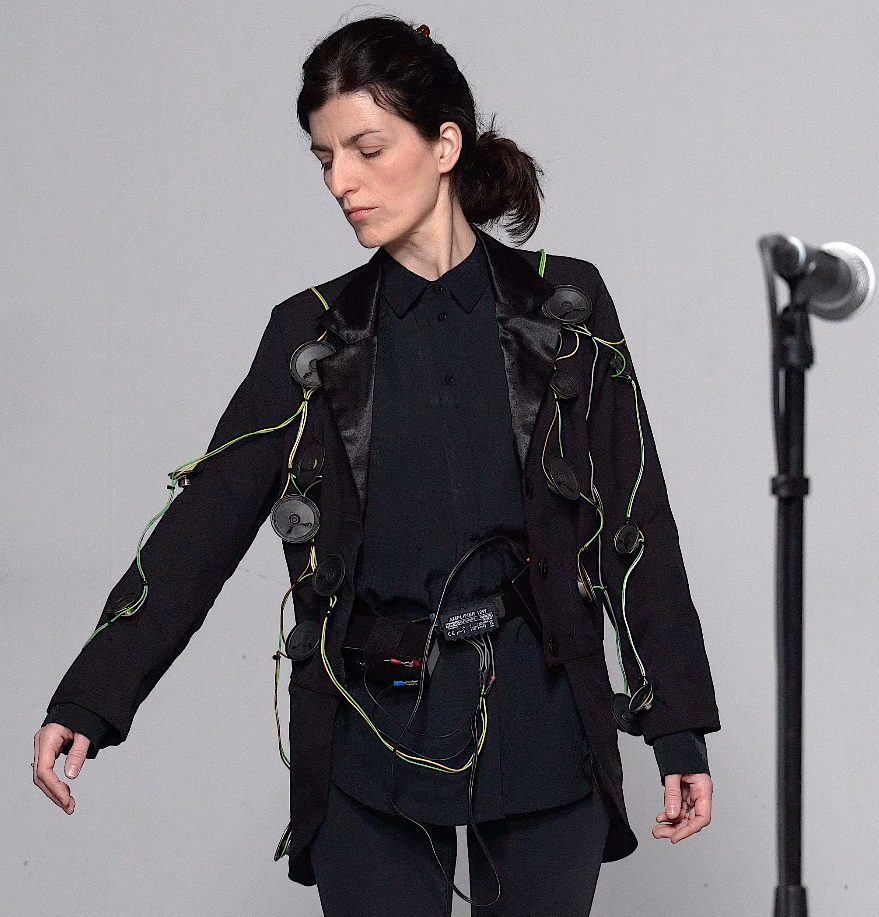
Humour and playful lightness also characterise her works with everyday objects. In Kafi, another sound intervention, this time for Haydn’s symphony Der Morgen, an oversized Bialletti espresso machine becomes an instrument. Two concert masters brew coffee on stage and ‘play’ with the sounds of the bubbling. “When I get up in the morning, I make my coffee in a Bialetti machine. It sounds very nice and I always associate the smell of coffee with that sound. I remember the sounds and smells from my childhood. And then an orchestra always has to drink coffee during rehearsal breaks. So there’s a very practical side to it as well…”
Kafi, another sound intervention by Lara Stanic from Du matin au soir, composed for the Hayn Symphony Der Morgen, Zurich Baroque Orchestra, premiered in Zurich in 2023, at St. Peter’s Church, Video © Andreas Pfister, Renate Steinmann.
Kafi is all about transformation, the sound and aroma of coffee being transformed into music. In addition, there is an electronic extension of classical instruments, as the violin bows of the concert masters are equipped with motion sensors. They use them to touch the coffee machine like magic wands, which are then swung through the air. This amplifies the sound of the bubbling, spreads throughout the room and mixes with the beginning of the symphony. In her own words: “The violin bows become magic wands, which in turn transform the aroma of the coffee into music”.
The process behind it is very simple though. First there is the idea, then a sound, in this case the bubbling of the coffee and then she looks for solutions as to how this can be connected to the sound of the instruments. The performative actions of the concert masters form a bridge for the audience between the sounding everyday object and the instruments. Based on this simple principle, Stanic transforms everyday objects into music and leaves a lasting impression on my morning coffee.
Gabrielle Weber
Lara Stanic, Du matin au soir, Video collage of the eight sound interventions for the Zurich Baroque Orchestra on Haydn symphonies, world creation Zurich 2023, Video © Andreas Pfister, Renate Steinmann, Philipp Bartels.
Lara Stanic is co-founder and member of the trio Funkloch featuring also PR and SH, which invites six composers each year to an experimental studio concert broadcasted live on air, or the GingerEnsemble, a Bern-based composer-performer collective. She composes for soloists, ensembles and orchestras, as well as for her own performances, which she regularly performs at international festivals and has been a lecturer in Performing New Technologies at Bern University of the Arts since 2011.
FunkLoch celebrated its sixth anniversary on Saturday, 20.1.24, 17h at Kunstraum Walcheturm with works by Annette Schmucki, Daniel Weissberg, Svetlana Maraš, Dorothea Rust and Joke Lanz.
Features SRF Kultur:
MusikMagazin, 10.2.2024: Cafégespräch with Lara Stanic by Gabrielle Weber, editorial Benjamin Herzog.
Zämestah, 21.12.2020: TV-Portrait Lara Stanic
Musik unserer Zeit, 21.09.2013: Spiel mit urzeitlicher Elektronik: Das Ginger Ensemble, editorial Lislot Frey
neo-profiles:
Lara Stanic, Funkloch OnAir, Kunstraum Walcheturm, Sebastian Hofmann, petra ronner, Annette Schmucki, Daniel Weissberg, Svetlana Maraš, Joke Lanz, Neue Musik Rümlingen.


